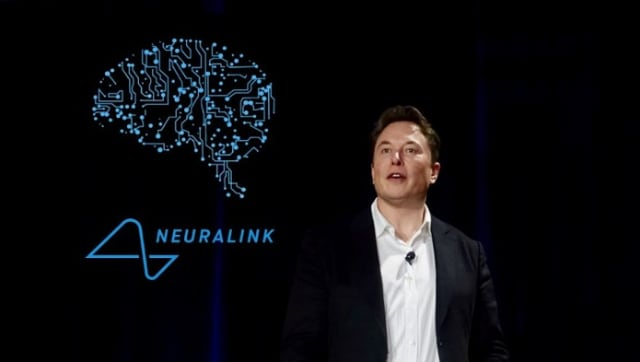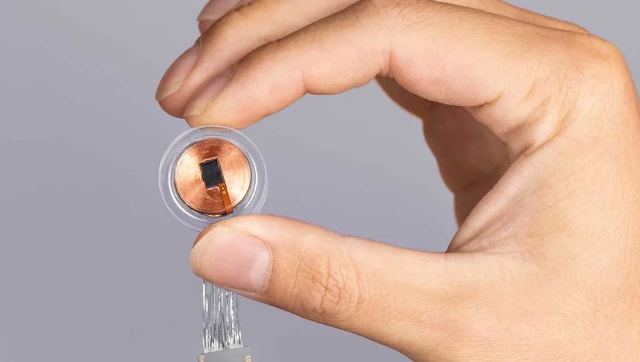Mehul Reuben DasDec 01, 2022 17:15:36 IST
While Elon Musk was busy making headlines for all the shenanigans at Twitter, his team at Neuralink was refining its brain-computer interface tech. With Neuralink, Elon Musk plans on creating small coin-sized implants that would allow humans to connect their brains to a computing device and communicate. Musk also plans on using Neuralink for a bunch of medicinal applications.

Neuralink was founded in 2016. The implant that they have developed uses tiny electrodes placed in the brain to “read” signals from nearby neurons. These readings are then used to trigger certain actions. In the demo that Musk conducted, these actions were mainly limited to moving around a cursor, or a robotic arm. However, Musk has much larger plans.
Neuralink and AI
Well, this wasn’t exactly a part of the demo of Neuralink, but Musk plans on using the implants to train artificial intelligence and machine learning systems in a better way. He
Treating paralysed and visually challenged individuals. In 2019, Musk claimed his company’s device would eventually allow people to achieve what he called “symbiosis with artificial intelligence.” Based on the recent presentation, we are still decades away from merging our brains with AI, but that is something that Musk and his team will be working on.
The next leap in robotics and machinery
If you boil everything down to its most rudimentary form, Neuralink at its core is a new way for humans to interact with machines and computers. To say that it is an over-complicated pointing and input device, wouldn’t be wrong.
The Neuralink team also demonstrated how its surgical robot inserts electrode threads, using a dummy filled with a gelatinous “brain proxy” material. These electrode threads both stimulate the brain and capture outgoing signals.
“It’s capable of manoeuvring these tiny threads that are only on the order of a few red blood cells wide and inserting them reliably into a moving grain while avoiding vasculature,” said DJ Seo, the company’s vice president of the implant. “It’s quite good at doing this reliably.” During the presentation, it took about 15 minutes for the robot to plant 64 threads into the dummy.
Neuralink in Medicine
During the presentation, Musk revealed that Neuralink’s first two intended applications for its technology would be to help people with paralysis use their digital devices seamlessly and to restore vision in those who have lost their eyesight. “Even if someone has never had vision ever like they were born blind, we believe we can still restore vision,” Musk said.
And although the demo did not show any application or experiment where vision was restored in a blind subject, Musk and his team did demonstrate a monkey being fed a visual signal, or a visual sensation, and the monkey’s brain registering it.
The Next Neuralink Chip
The Neuralink chip that Musk and his team have made is the size of a coin and has over 1000 channels of recording and stimulating nearby neurons. However, the team is now working on a next-generation chip with 4,098 channels in a chip of the same size.

This also means that Neuralink’s implant will be upgradeable, and the company would want people to regularly upgrade their chips, should they get one implanted.
Post a Comment